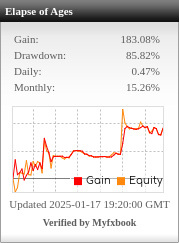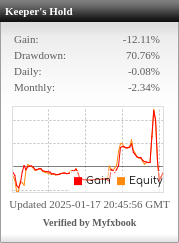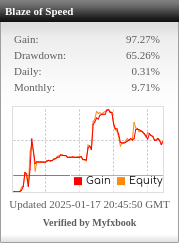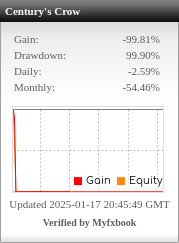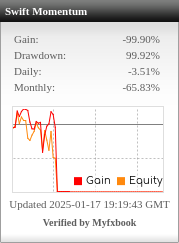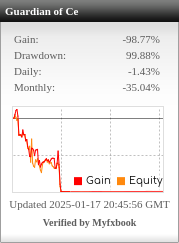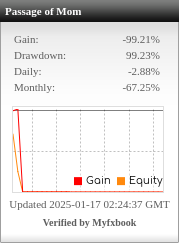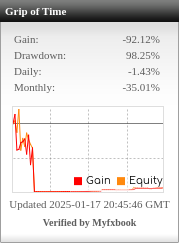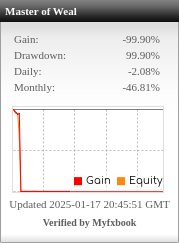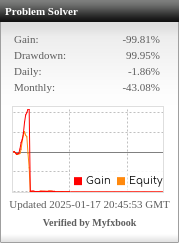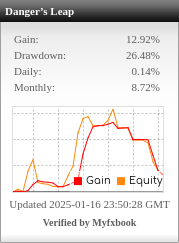Table of Contents
then i got 400 from builds type : Exit everday 23:00, Exit on Friday 23:40, Exit Rules no fix exit day or time but hold not over 10 day and Repeat/Duplicate orders trade. from base H1/H4 TF, so can i use Sequantial optimization by +30% -30% with 10 step for another TF like M30/H4 M15/H4 and M5/H4. what do you think i can get some great results ?
Using sequential optimization by adjusting parameters +30% and -30% with 10 steps for testing other timeframes like M30/H4, M15/H4, and M5/H4 is a smart approach to explore the robustness and adaptability of your strategy across different timeframes. Here’s what to expect and consider:
Benefits of Sequential Optimization:
- Broader Testing Range: By adjusting the parameters within the 30% range, you’ll ensure that you’re not just fine-tuning for one specific set of market conditions but testing for variability across different timeframes.
- Identify Timeframe Sensitivity: You’ll be able to see how your strategy behaves with different levels of granularity (e.g., faster-moving timeframes like M5 vs slower ones like M30). This can help you identify if your strategy is overly reliant on a specific timeframe or whether it’s flexible across multiple.
- Refining Exit Strategies: Since your strategies include time-based exits (e.g., exiting at 23:00 daily or on Fridays at 23:40), sequential optimization will allow you to see if different exit timings yield better results on shorter timeframes. The hold-not-over-10-days rule may work differently on lower timeframes where market volatility plays a bigger role.
- Exploration of New Opportunities: By shifting to M30/H4, M15/H4, and M5/H4, you’ll open your strategy to new trading opportunities as faster timeframes capture more price fluctuations. This could either increase profitability or increase risk, depending on how well your strategy manages shorter-term price swings.
Things to Watch Out for:
- Overfitting: The more timeframes and parameters you optimize, the higher the risk of overfitting. To avoid this, focus on keeping core elements of the strategy consistent and avoid over-optimizing for one specific timeframe.
- Higher Volatility on Lower Timeframes: When moving to lower timeframes (like M15 or M5), strategies can be more prone to whipsaws and false signals due to increased market noise. Sequential optimization can help adjust, but ensure your risk management rules (like SL, TP, and trailing stops) are adaptable to these faster movements.
- Execution Speed and Slippage: Shorter timeframes (M15 and M5) might experience more slippage and execution issues in live trading. Make sure that the strategy can handle the increased trade frequency without degrading profitability.
- Strategy Robustness: Pay attention to how the strategy behaves during out-of-sample testing after the optimization across different timeframes. You’re looking for a strategy that performs consistently across multiple timeframes, not just optimized for one.
Expected Results:
- You might find that your strategy performs better on intermediate timeframes like M30/H4 or M15/H4 because these timeframes strike a balance between fast execution and less noise.
- M5/H4 can be more volatile, and while it might open more trading opportunities, it could also increase drawdowns or risk of false signals. Sequential optimization can help fine-tune it to still be effective.
In summary, using sequential optimization with a +30%/-30% range across timeframes like M30/H4, M15/H4, and M5/H4 is a strong approach to test the adaptability of your strategy. If applied well, you could discover new opportunities on lower timeframes while maintaining a solid performance on H1/H4.
Additional Tip:
- Walk-forward optimization after sequential optimization can further ensure robustness by simulating how the strategy would adapt over time in live markets. This can be especially useful for testing how the strategy would react in different timeframes.


